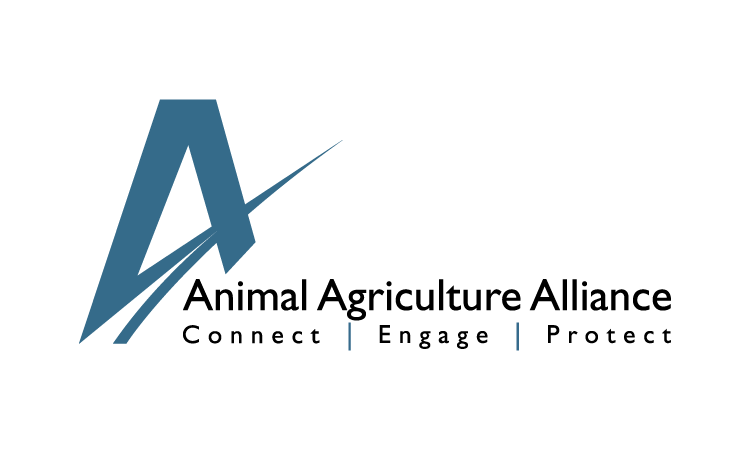A report published October 2 in the Lancet medical journal rehashed claims that everyone in the world must drastically reduce consumption of animal-source foods to be healthy and benefit the environment. Just like the first time the authors proposed their near-vegan diet six years ago, this report may make for sensational headlines, but it completely ignores evidence about the positive role of nutrient-dense foods like meat, dairy, and eggs in healthy, sustainable diets.
At the Animal Agriculture Alliance, we believe that caring for our families, our health, and our homes unites people around the world. U.S. farmers and ranchers have a proven track record of producing more nutrient-dense food more efficiently than ever before, while protecting the natural resources we all share. We believe that choosing food that is good for people and the planet should be based on facts, not a one-sided agenda.
You can read our statement about the EAT-Lancet report here. Further information about animal agriculture and all aspects of sustainability as defined by the United Nations (economic, social, and environmental) is available in our Sustainability Impact Report and our SDG Report.
